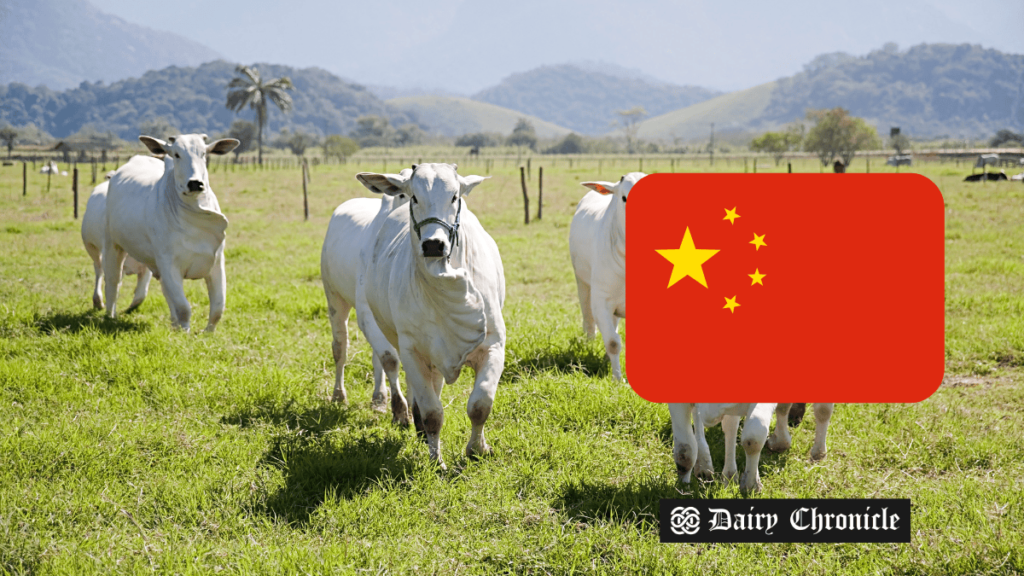China’s dairy market is shifting from a focus on infant formula to health and nutritional products due to declining birth rates and an ageing population. Irish exporters are poised to capitalize on this transformation, especially with high-value products like whey protein.
A recent trade mission led by Ireland’s Minister for Agriculture, Food, and the Marine, Charlie McConalogue, along with Minister of State for New Market Development, Martin Heydon, has revealed significant insights into the future of China’s dairy market. The mission, which also included visits to South Korea, highlighted a robust yet evolving demand for dairy in China, driven by shifting consumer preferences.
Historically, China’s dairy imports have been largely driven by a strong demand for infant formula. However, with the country’s birthrate declining from 18 million annually a few years ago to just 9 million today, the focus is now shifting towards health and nutritional products. Minister Heydon, addressing stakeholders in Shanghai, emphasised the need for Ireland to pivot towards these new growth sectors. “While infant formula remains an essential market for us, the significant drop in births means we must explore other high-growth areas,” he said.
Shifting Focus to Adult Nutrition
With China’s ageing population increasing, there is a growing demand for adult nutrition, particularly among senior citizens. The rising interest in sports nutrition and functional foods also presents lucrative opportunities for Irish dairy exporters. Bord Bia’s CEO, Jim O’Toole, echoed these sentiments, noting that the demographic shift towards an older population is a crucial driver for specialized nutrition products.
“China’s ageing population requires tailored nutrition solutions, presenting a significant opportunity for Irish dairy products,”
Jim O’Toole, Bord Bia’s CEO
Whey protein, in particular, is expected to become a key player in this evolving market. Conor O’Sullivan, Bord Bia’s China manager, highlighted that while China needs whey, it lacks the cost-effective production capabilities found in countries like Ireland.
“China does not have the balance of cheese and whey production that we do, which gives us a unique advantage as an exporter,”
Conor O’Sullivan,Bord Bia’s China manager,
Market Trends and Opportunities
Dairy market analyst Song Liang provided additional insights during the mission, pointing out that although cheese consumption in China remains relatively low, the demand for high-quality whey protein is poised to grow. Post-COVID, over half of the Chinese population has reported a heightened interest in nutritional supplements, particularly among the 36-40 age group.
In summary, as China’s dairy import landscape continues to evolve, Irish exporters are strategically positioned to meet the rising demand for high-value, health-focused products. This shift represents a significant growth opportunity for Ireland in China’s expanding dairy sector.



